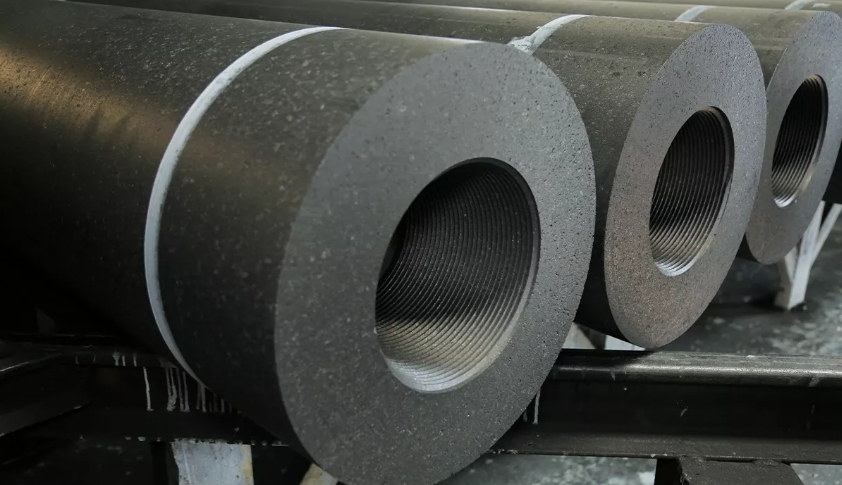
Graphite Electrode manufacture is a key part of the production process. It facilitates the melting of scrap steel in electric arc furnaces. The graphite industry is highly competitive, and it's dominated by just a handful of large manufacturers. This article explores the key factors influencing the success graphite electrode manufacturing and will show you how to choose the most suitable supplier.
Graphite Electrode fabrication begins with the selection and calcination of raw materials. Petroleum coke and needle coke are the primary aggregate materials for this high-temperature-resistant conductive material. These raw materials undergo crushing milling, batching, mixing, kneading, molding, baking, impregnation, and graphitization to produce a high-quality, stable graphite electrode product.
After the calcination, the coal-tar pitch and the other additives are combined with the kneaded char to form a mixture that is then shaped into the electrode shape. This can be achieved using either compression molding or extrusion. The electrode is placed into a special oven to bake. This step removes volatile substances, solidifies and transforms the amorphous charcter into a porous Graphite structure.
After it has been finished, the molded-graphite electrode undergoes several quality control checks to ensure that its specifications are met for specific applications. The electrode's resistance is measured, as it is an important aspect of its performance for electrical applications. The resistance is averaged from measurements taken at different points on the electrode.

Another important test is the physical strength of the electrode. It's tested to make sure it can withstand any physical stress that it may experience during applications such as loading and handling. This involves testing the physical structure of the electrode, assessing its impact resistance, and looking for any visible flaws such as cracks and chips.
Some manufacturers also conduct an ultrasonic test to detect flaws in the graphite electrode that cannot be seen visually. This method is used to detect internal defects which can impact the electrical conductivity. This is a great way to save money and avoid buying defective graphite electrodes.
After the manufacture process, the graphite electrodes will be packaged in heavy-duty pallets and crates. This is to protect them during shipping and transit. Several layers of cushioning materials like soft padding or foam are placed around the electrodes to take in any vibrations and shocks during transit or shipping that can damage their surface or lead to breakage. To ensure the safety of each graphite electrode during shipping or transportation, crates and pallets are designed to be sized to their exact weight and size. The end caps of each graphite electrode are made from rubber or plastic to protect any threaded pieces during handling and transport. They are then labeled and shipped to their respective buyers.

Write a Message